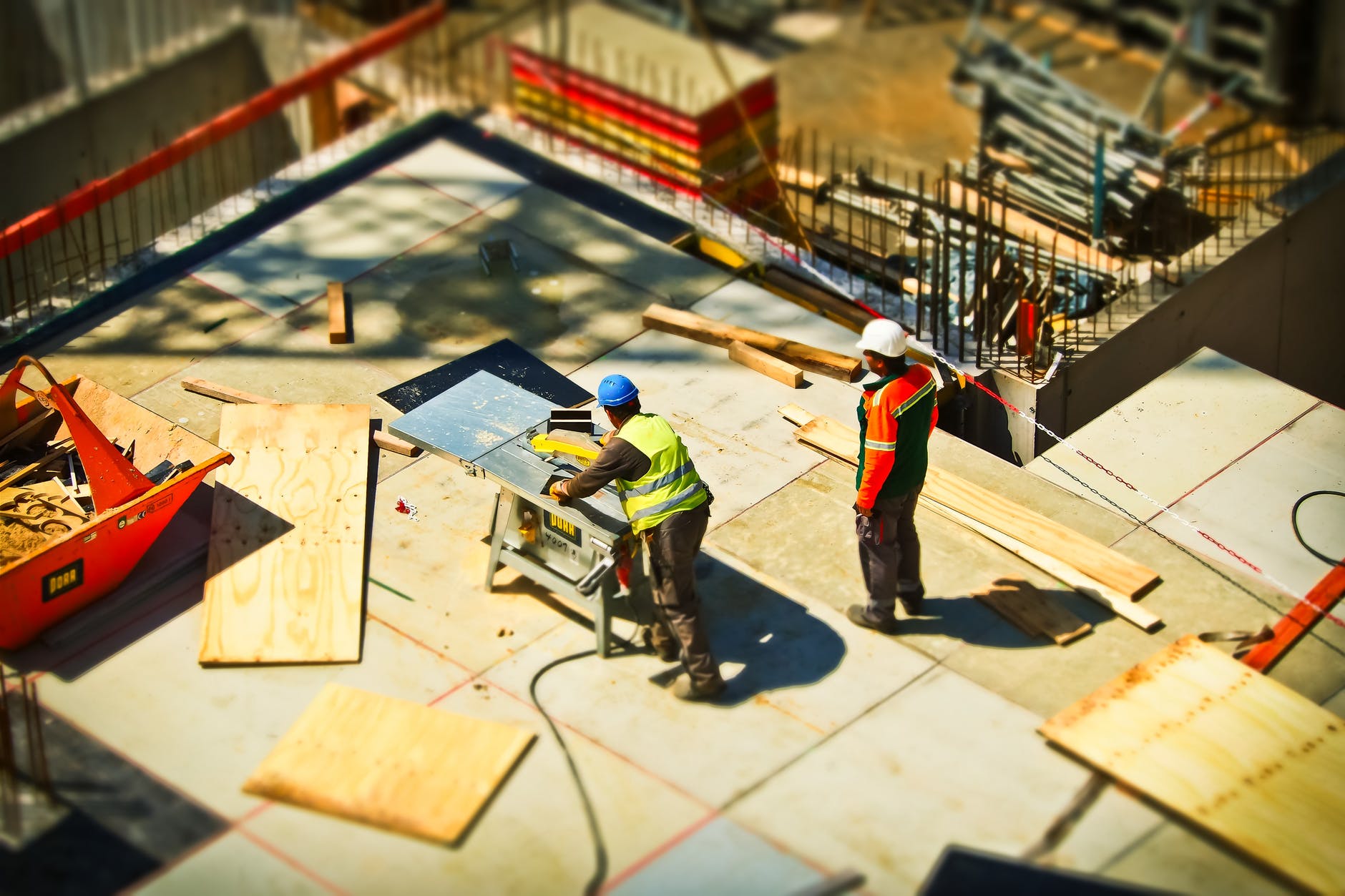Construction 101

Construction 101
Ever since humans started building structures for their protection, these buildings have been evolving rapidly. As the population increased, buildings had more demand partly because they were also being used for purposes other than as houses. Nowadays, buildings are everywhere and are used for a variety of purposes, making them very important in today’s society.
There are many things to consider and take care of while constructing a structure, from construction document management to sourcing materials. Let’s look at some of the important steps in construction. These may change depending on many factors like soil types, environmental conditions, availability of labour.
- Location – The location should be scouted and charted out properly. Miscalculations should be avoided as they will reflect in the plan.
- Building plan and design – The architect maps out the plan of the building according to the requirements. The structural engineer builds structural frames and is responsible for deciding what kind of foundation to be used for the structure. This is done mainly on the basis of soil types.
- Prepping for site work – A few more things have to be done before site work is started. These include preparing the budget, getting the building permits and deciding on a builder. The budget is prepared by estimating the number of materials required and the labour costs. This is done by an estimator. This estimation should help decide builders by comparing the estimation to their quotations. Building permits are acquired from the respective government offices for development. The requirements for the permits are the documents of the building, like the plan and structural report.
- Site Work – While there are many stages between starting site work and completing the structure, most of these are specific. The foundation is laid down first, followed by slabs, beams and columns. Then the masons get to work on the walls and finally the roof slab. Plumbing and electrical works are done last, followed by finishing works like plastering and painting.
- Completion Certificate – Once the construction is completed, the constructor applies for the completion certificate. This is provided by the local authorities after checking whether the building complies with its specifications.
Importance of Management
Construction management is a quite recent concept and is proving to be very useful in the process. This service is provided to the project owners and efficiently manages costs, safety, functionality, and scope of the structure. Construction managers are responsible for all this. They are educated professionals who are trained to work with and understand all sectors in construction. The use of management systems is also becoming common. The use of software for construction document management is an example of this.
The manager is supposed to work in harmony with everyone. They represent the owner’s interests and work to ensure that the project is completed within the agreed time and abides by all other quality checks. This requires excellent leadership and reasoning skills. Familiarity with technology is also necessary.
The main factors in successfully managing a project are cost, scope and schedule. Deals with unnecessary expenses and also includes a risk assessment to try and predict issues that may arise. The scope is probably the most important factor and also quite hard to define. It can be defined as how the project will be completed without compromising the owner’s interests and the architect’s intent. And finally, the scheduling of events and completing them in time is essential in making the whole project efficient.
Even though construction started as a means of survival, it has developed far beyond that. It is this development that has made it possible to craft our current lifestyles of ease and comfort.





